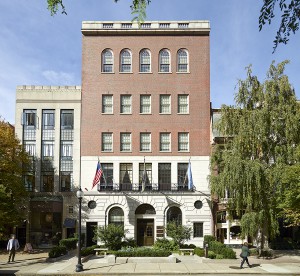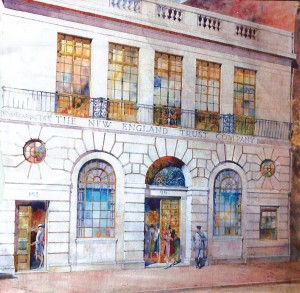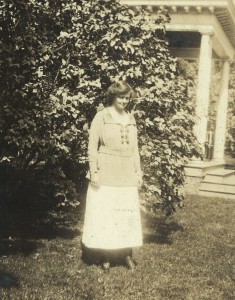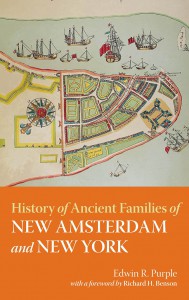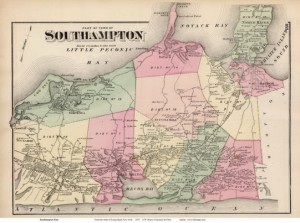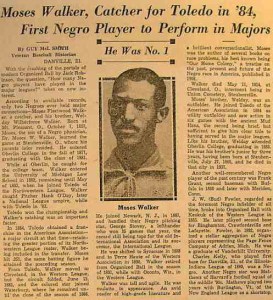 The Wing family of Cape Cod has had a great amount of genealogical information published about it over the years. Beginning with Rev. Conway P. Wing’s A Historical and Genealogical Register of John Wing, of Sandwich, Mass. And his Descendants, 1632-1888, the list includes Mary Elizabeth Sinnott’s Annals of the Sinnott, Rogers, Coffin, Corlies, Reeves, Bodine and Allied Families, published in 1905, in which Wing is one of the allied families; The Owl, a serial publication of the Wing Family Association from 1901 to the present, and most recently Raymond T. Wing’s 2006 version, Wing Genealogy, Volume 1, The Reverend John Wing of Banbury, Oxfordshire, England and his wife Deborah Bachiler, Their Ancestry and Descendants through Five Generations. Continue reading The Wings of a dilemma →
The Wing family of Cape Cod has had a great amount of genealogical information published about it over the years. Beginning with Rev. Conway P. Wing’s A Historical and Genealogical Register of John Wing, of Sandwich, Mass. And his Descendants, 1632-1888, the list includes Mary Elizabeth Sinnott’s Annals of the Sinnott, Rogers, Coffin, Corlies, Reeves, Bodine and Allied Families, published in 1905, in which Wing is one of the allied families; The Owl, a serial publication of the Wing Family Association from 1901 to the present, and most recently Raymond T. Wing’s 2006 version, Wing Genealogy, Volume 1, The Reverend John Wing of Banbury, Oxfordshire, England and his wife Deborah Bachiler, Their Ancestry and Descendants through Five Generations. Continue reading The Wings of a dilemma →


